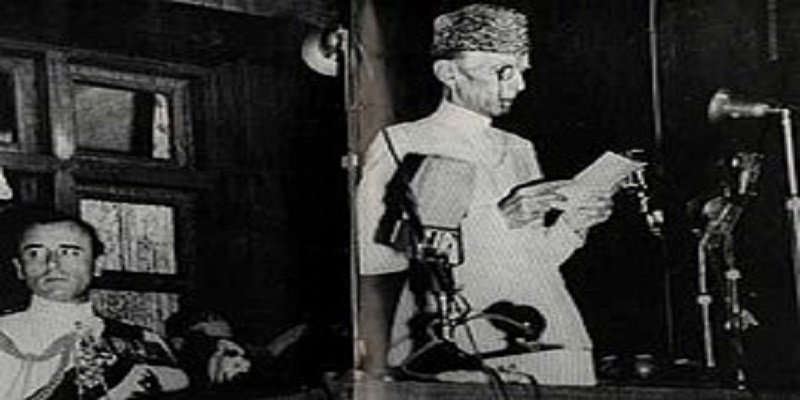Nepal's Democratic Evolution the First Constituent Assembly's Critical Dissolution
The dissolution of the First Constituent Assembly in Nepal was a critical and tumultuous period in the country's political history. The Constituent Assembly, formed in 2008, was tasked with drafting a new constitution and addressing long-standing issues related to governance, representation, and social inclusion. However, internal conflicts, ideological differences, and a lack of consensus on key issues led to its dissolution in 2012, posing significant challenges to the country's democratic transition.
The origins of the Constituent Assembly can be traced back to the Comprehensive Peace Agreement (CPA) signed in 2006 between the Nepali government and the Maoist rebels, ending a decade-long civil war. The agreement paved the way for the establishment of the Constituent Assembly, charged with drafting a new constitution that would address the aspirations and grievances of diverse ethnic, linguistic, and cultural groups in Nepal.
The Constituent Assembly elections held in 2008 were historic, marking a shift from a centuries-old monarchy to a federal democratic republic. The Maoists emerged as the largest party, securing 38% of the seats in the assembly. However, no single party had a clear majority, necessitating coalition-building and negotiation to form a government and draft a constitution.
The challenges began to surface early on, as ideological differences among political parties hindered the drafting process. Issues such as federalism, identity-based federal units, and the form of governance became contentious, reflecting deep-seated regional and ethnic disparities. The southern plains, known as the Terai region, became a focal point of tension, with marginalized groups demanding increased representation and autonomy.
The Maoists, who had led the insurgency, advocated for a more radical restructuring of the state, emphasizing federalism and greater inclusivity. In contrast, other political parties, including the Nepali Congress and the Communist Party of Nepal (Unified Marxist-Leninist), were cautious about the pace and extent of change. The political landscape was further complicated by the presence of smaller parties with their own distinct agendas.
As the assembly faced repeated deadlines for the constitution's completion, the inability to reach a consensus on key issues intensified. The drafting process was marked by protests, strikes, and public dissatisfaction. The contentious issues included the model of federalism, the structure of governance, and the rights of marginalized communities. The Terai region, in particular, witnessed frequent unrest, with protests often turning violent.
In 2012, the failure to meet yet another deadline prompted then-Prime Minister Baburam Bhattarai to dissolve the Constituent Assembly, citing the need for fresh elections. This move was met with widespread criticism and skepticism, as it left the country without a constitution and in a state of political limbo. The dissolution of the assembly was seen by many as a setback to Nepal's democratic transition, raising questions about the political leadership's ability to navigate the complexities of the constitution-making process.
The dissolution of the Constituent Assembly led to a period of political uncertainty, with the country witnessing a series of short-lived governments and frequent changes in leadership. The absence of a constitution created a governance vacuum, and the political deadlock persisted. The failure to address the aspirations of diverse groups, coupled with the inability to forge a consensus on key issues, fueled public frustration and eroded confidence in the political process.
In the aftermath of the dissolution, efforts were made to revive the constitution-making process. Various political actors engaged in dialogue to find common ground on contentious issues. International actors, including the United Nations and neighboring countries, played a role in facilitating negotiations and encouraging a return to the democratic process.
After years of political wrangling, a breakthrough occurred in 2015 when a new constitution was promulgated. The new constitution, however, was not without its controversies. It faced criticism for its provisions related to federal boundaries, which some argued did not adequately address the concerns of marginalized communities, particularly in the Terai region.
The period following the promulgation of the constitution saw renewed tensions and protests in the Terai, with some groups expressing dissatisfaction and demanding amendments to the document. The government's response to these protests, including the use of force, drew criticism from human rights organizations.
Despite the challenges and controversies, the promulgation of the constitution marked a crucial milestone in Nepal's democratic transition. The country transitioned from a monarchy to a federal democratic republic, and the new constitution addressed several long-standing issues related to governance, representation, and the rights of diverse communities.
The dissolution of the First Constituent Assembly in Nepal was a pivotal moment in the country's political history. It highlighted the challenges inherent in the constitution-making process, including deep-seated ideological differences, regional tensions, and the complex task of addressing the diverse aspirations of the population. While the dissolution created a period of uncertainty and political turmoil, subsequent efforts and negotiations ultimately led to the promulgation of a new constitution in 2015. The events surrounding the Constituent Assembly underscored the importance of inclusive dialogue, compromise, and a commitment to addressing the grievances of all segments of society in the pursuit of a stable and democratic Nepal.

